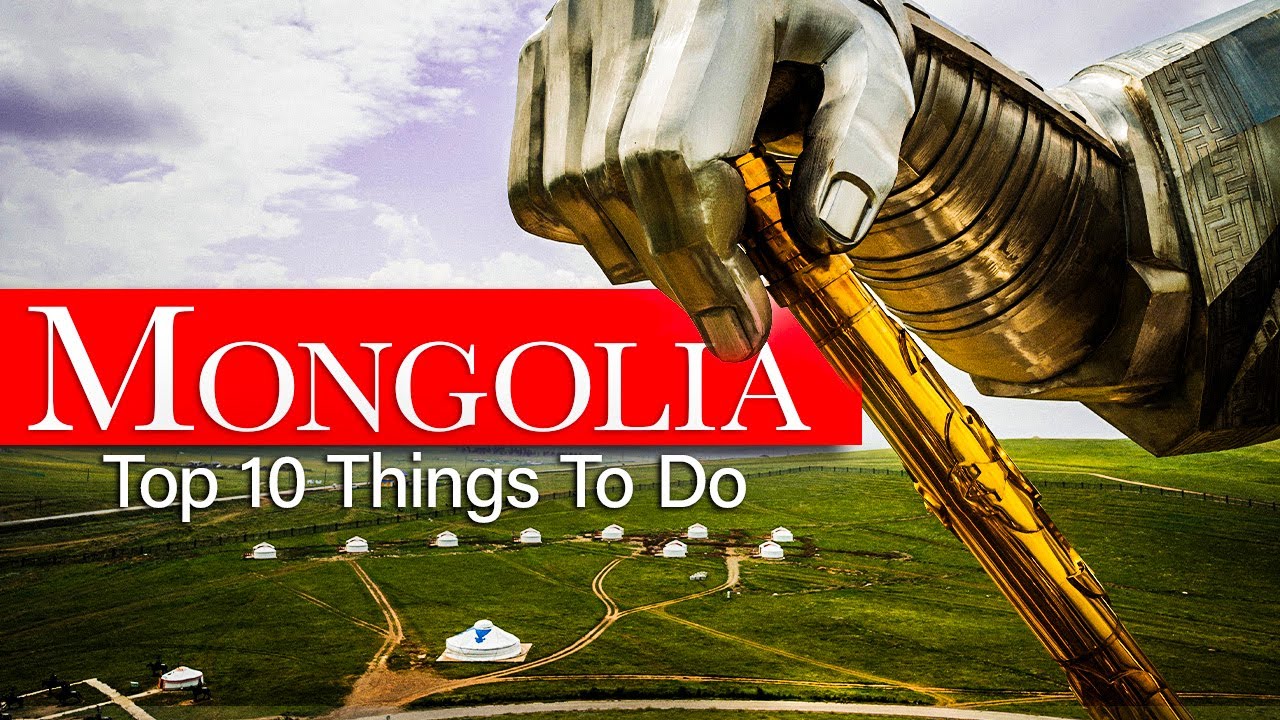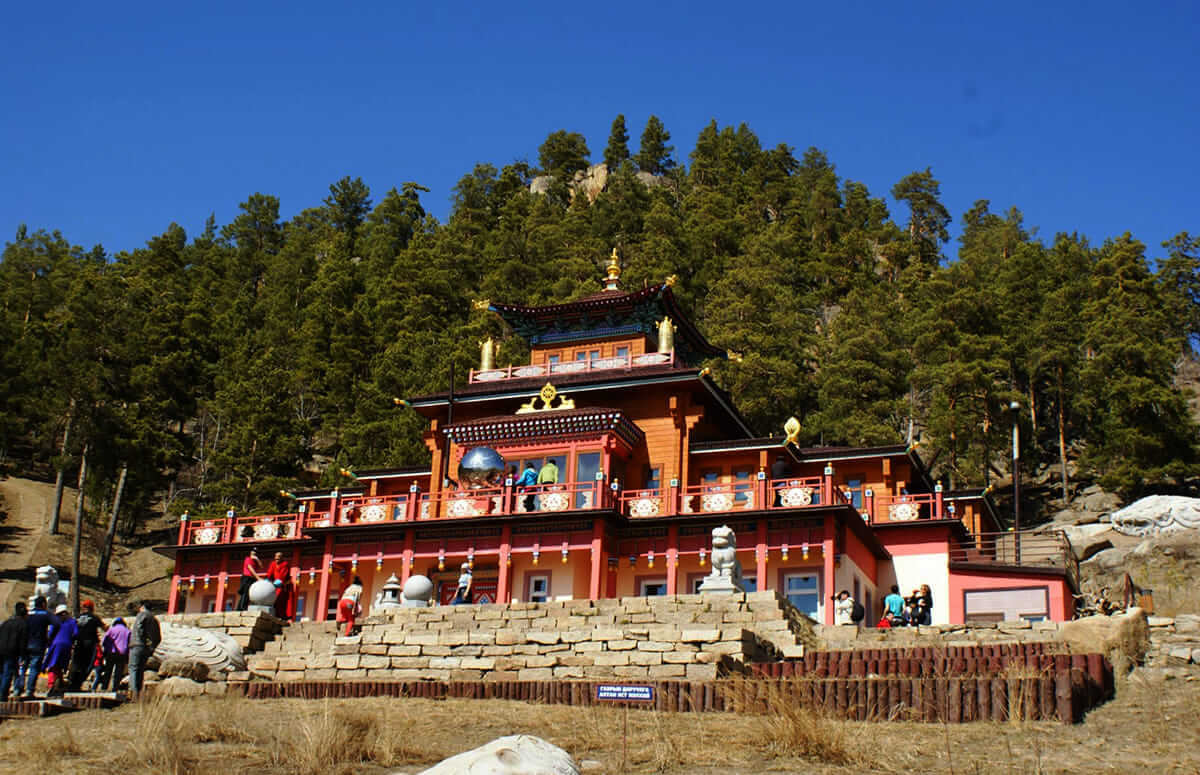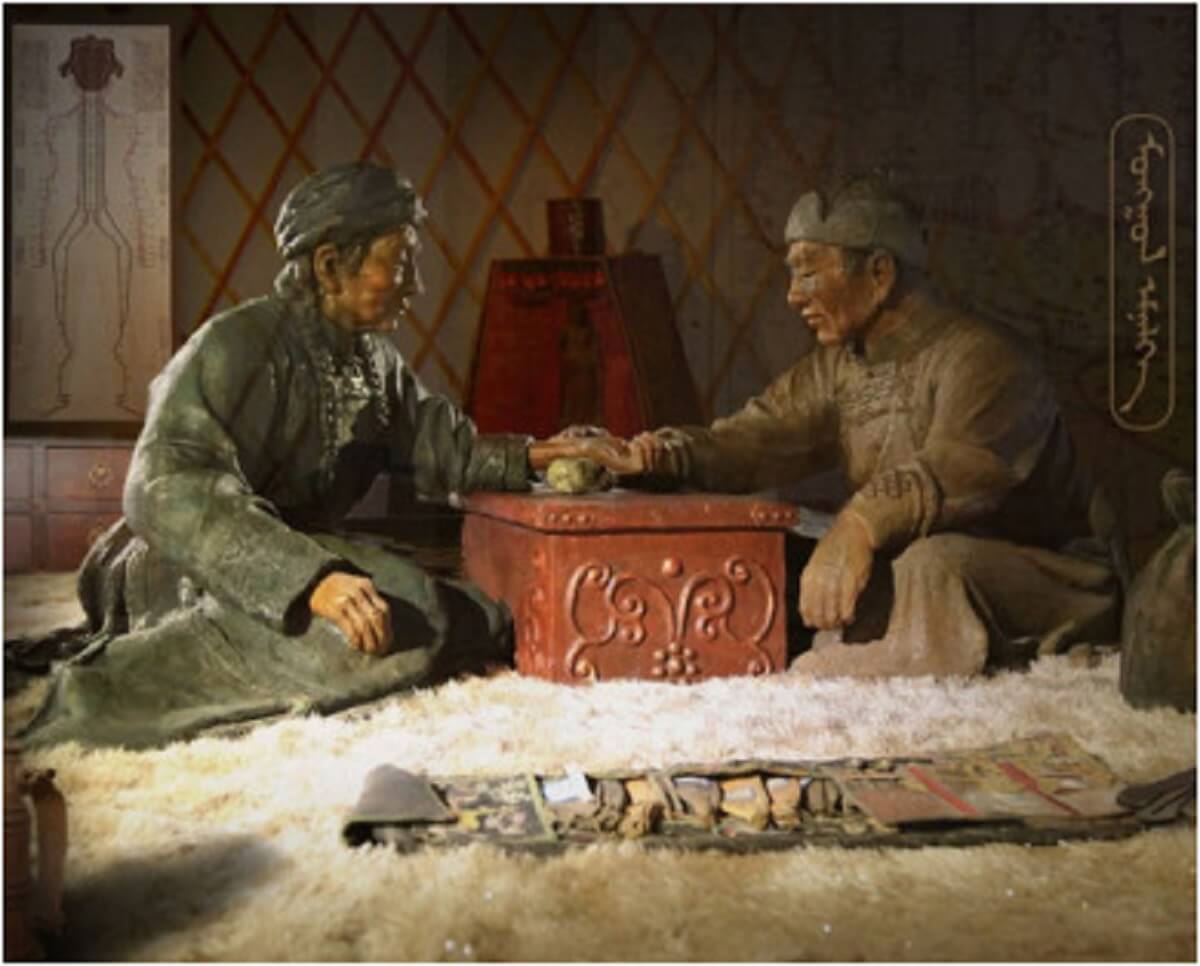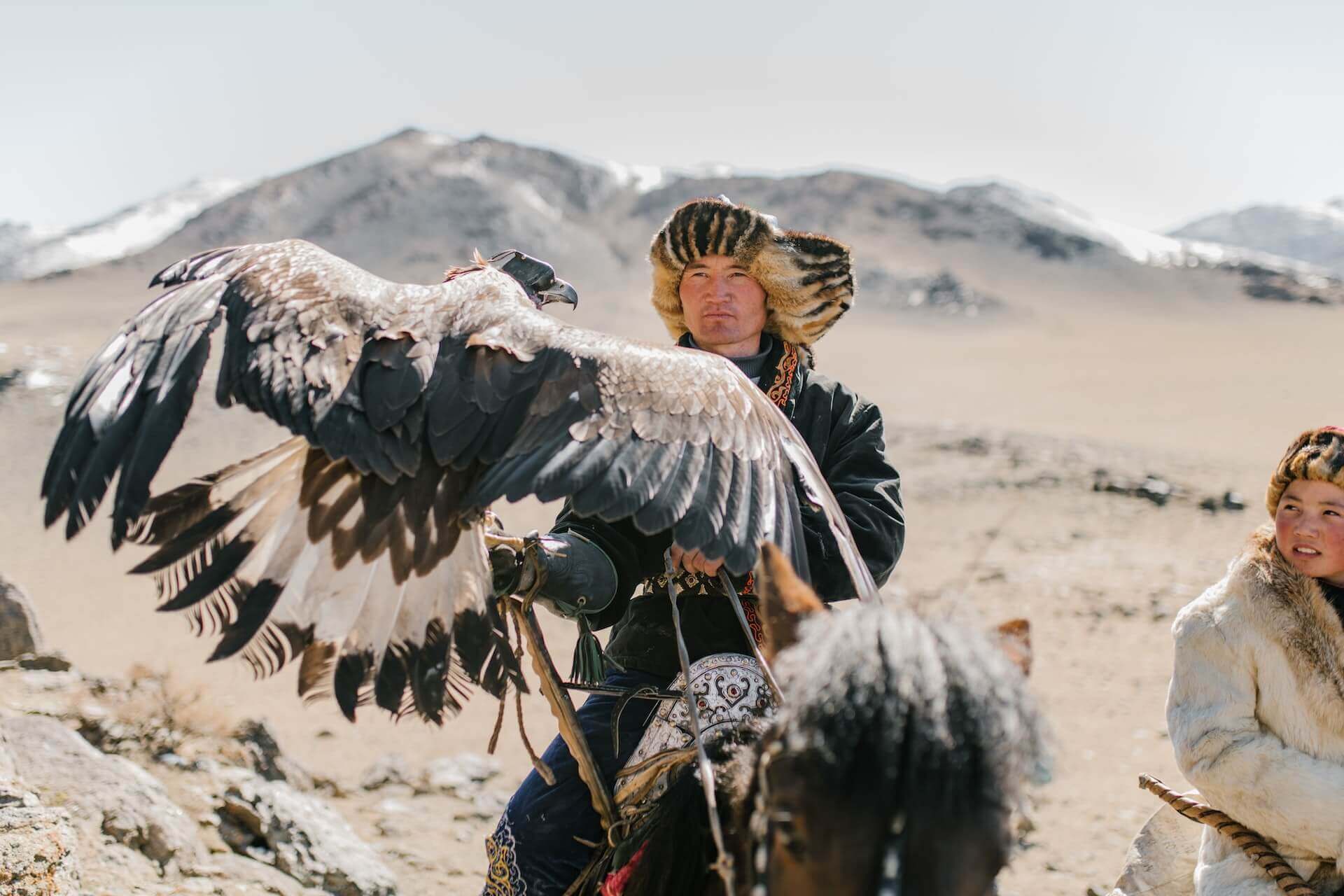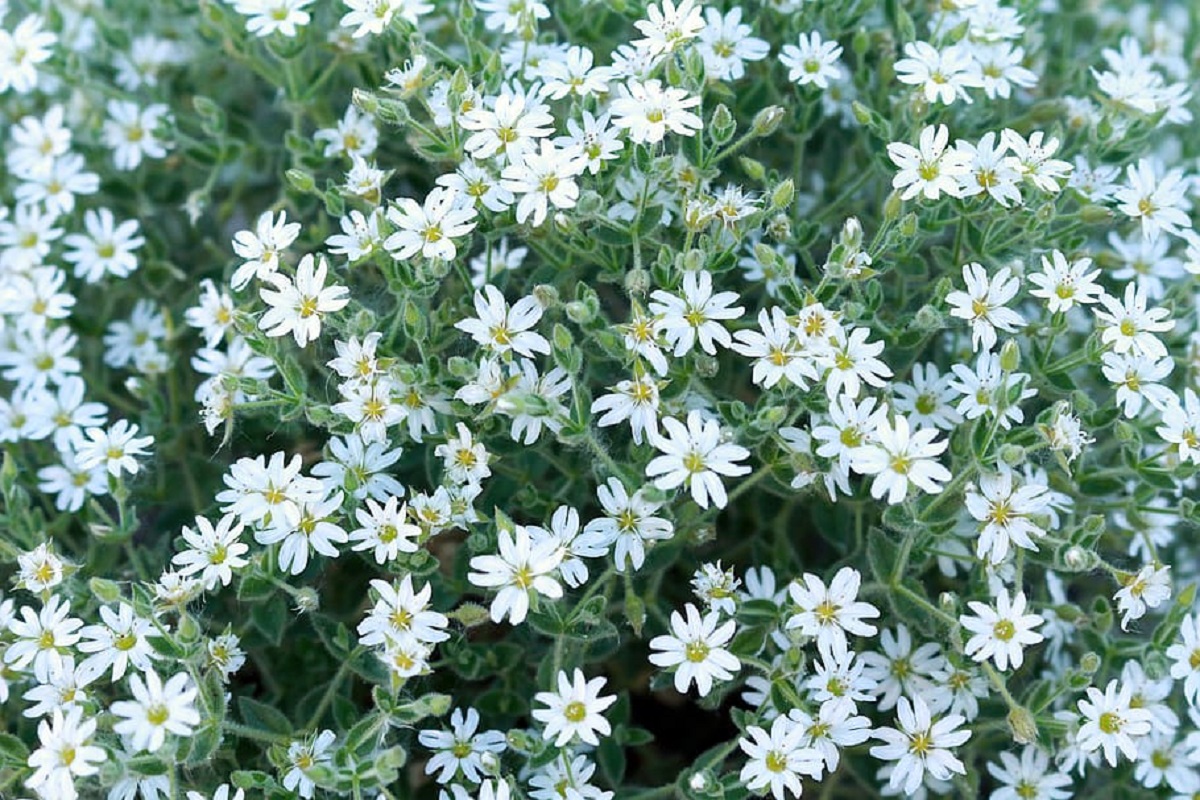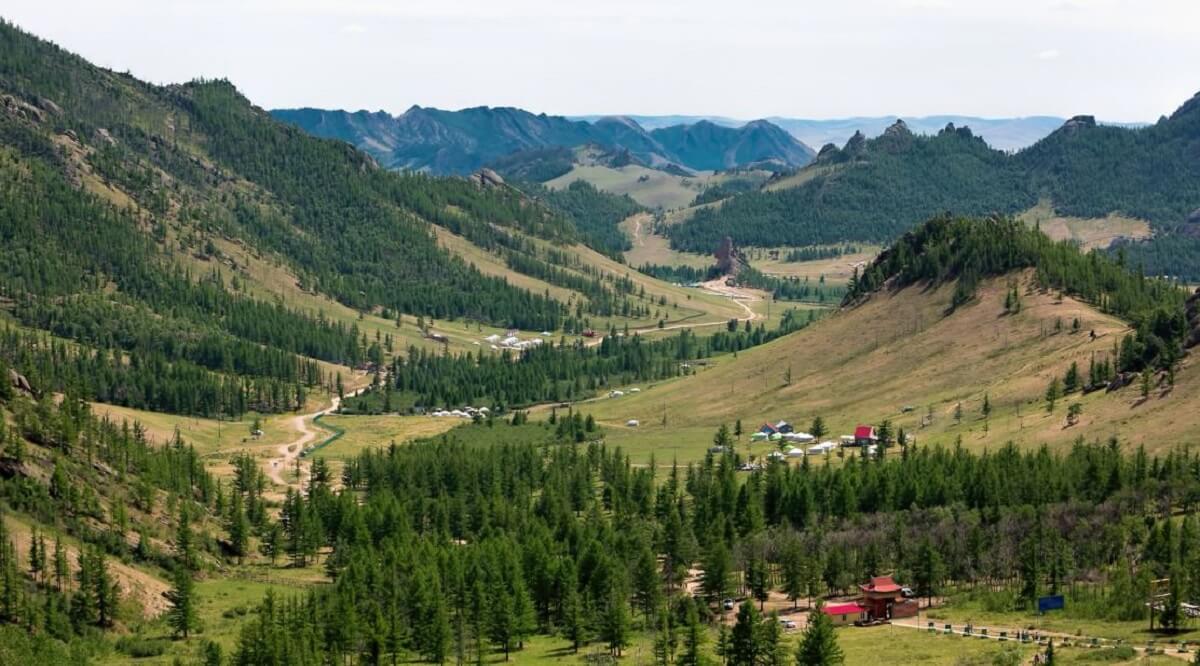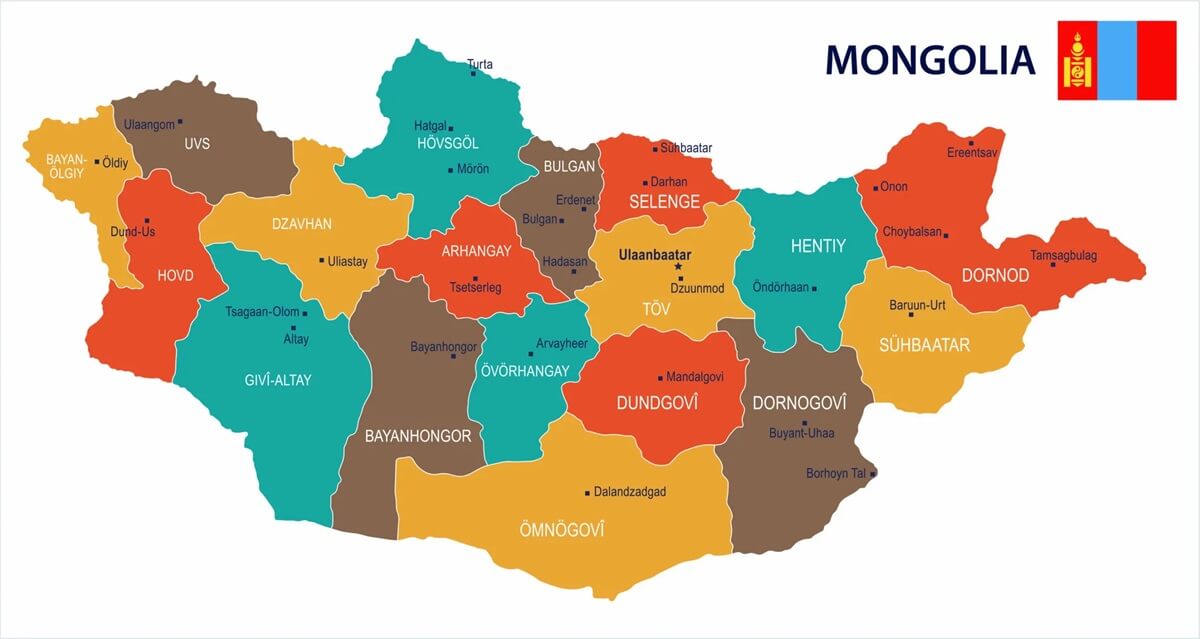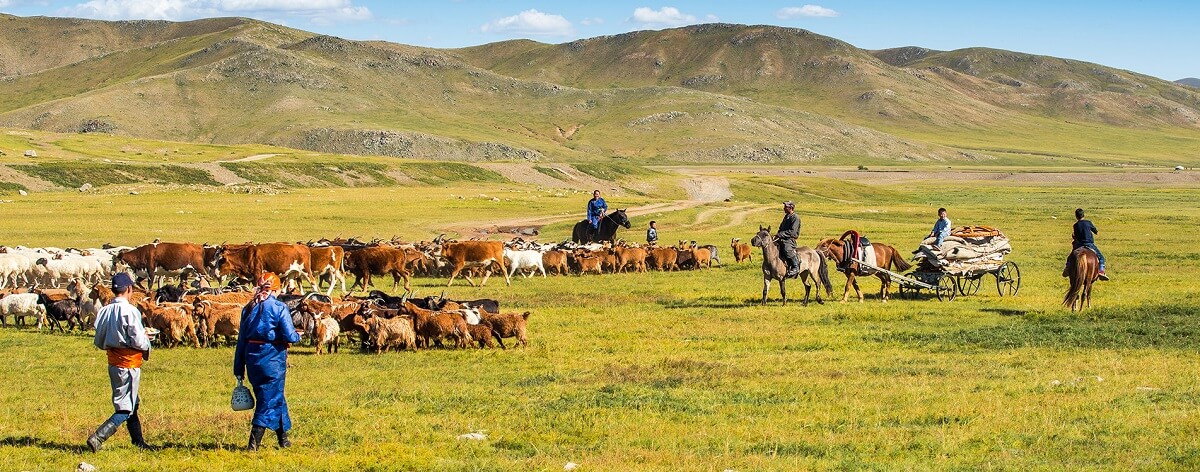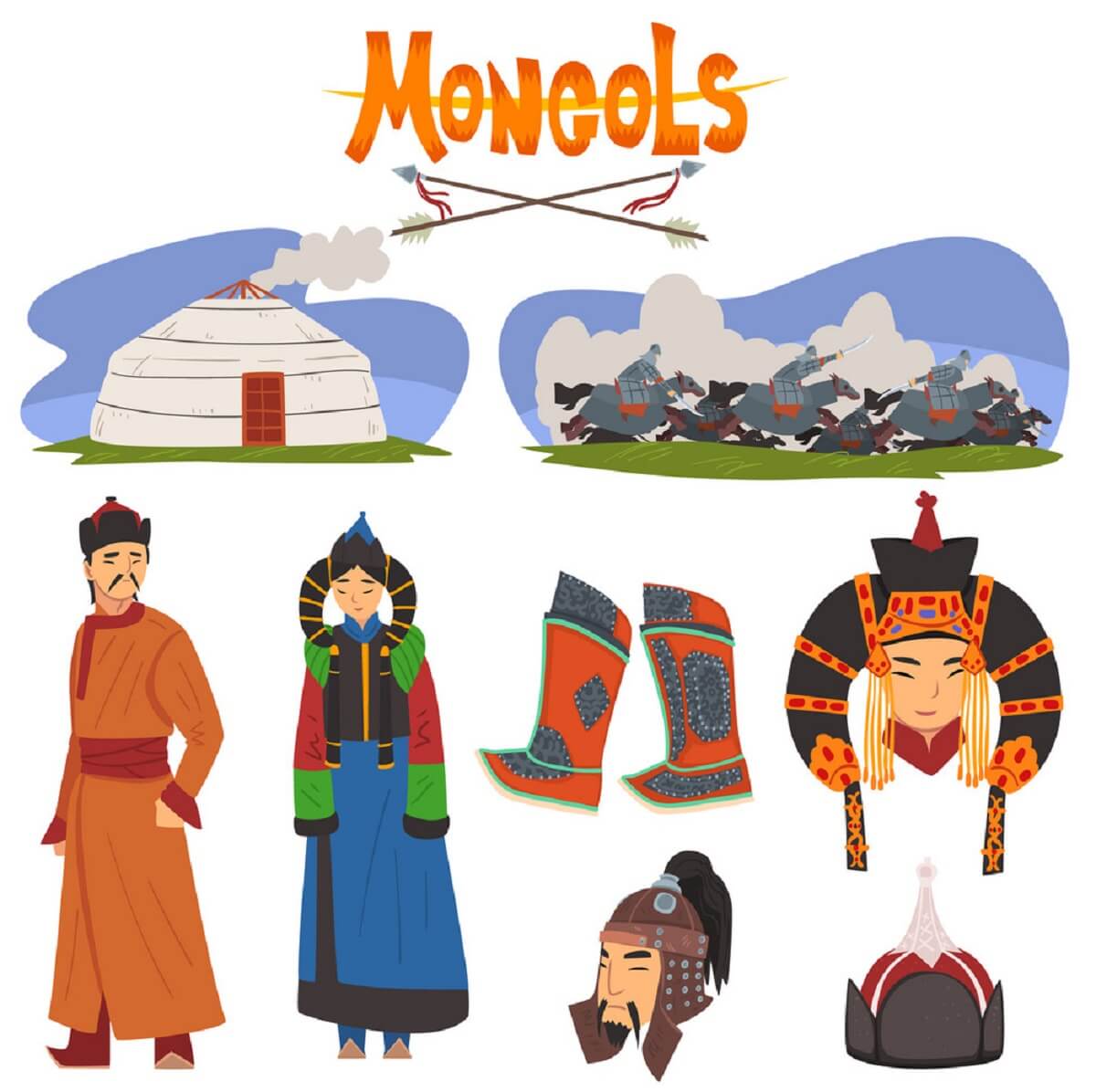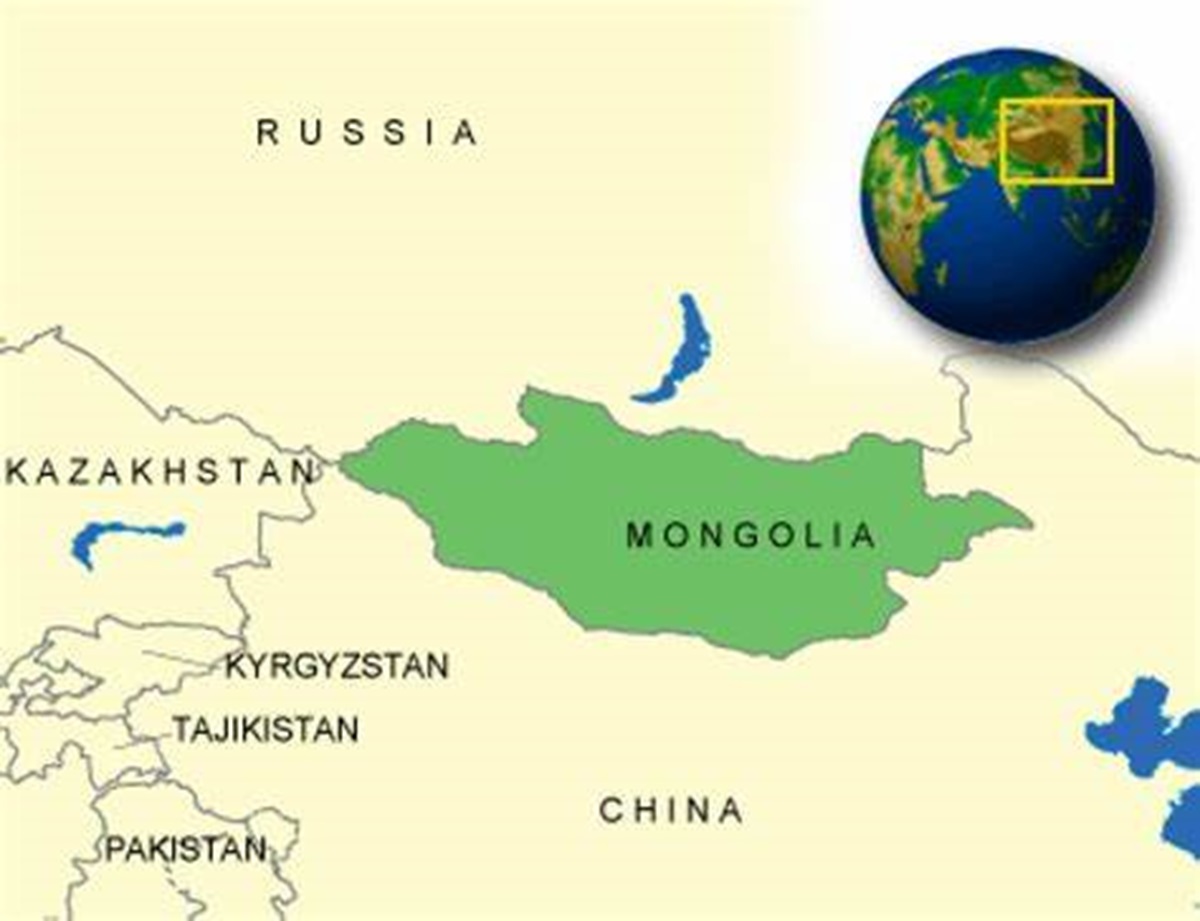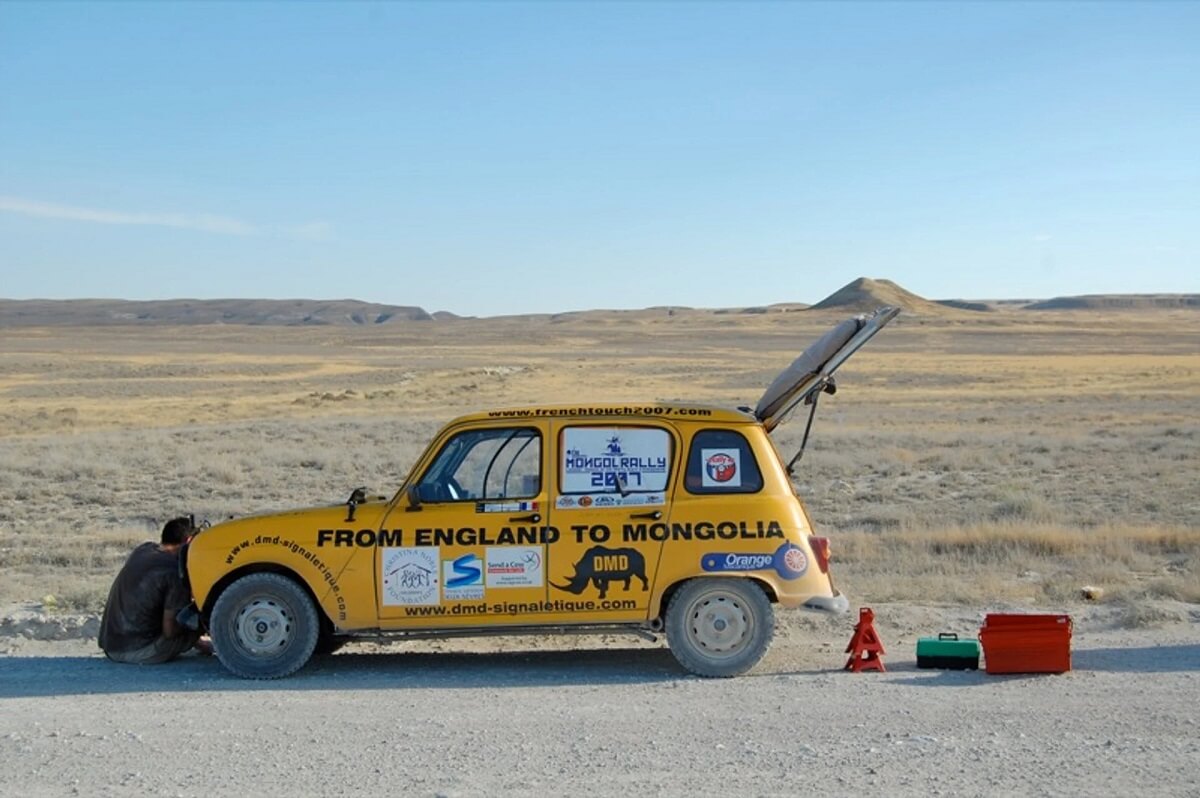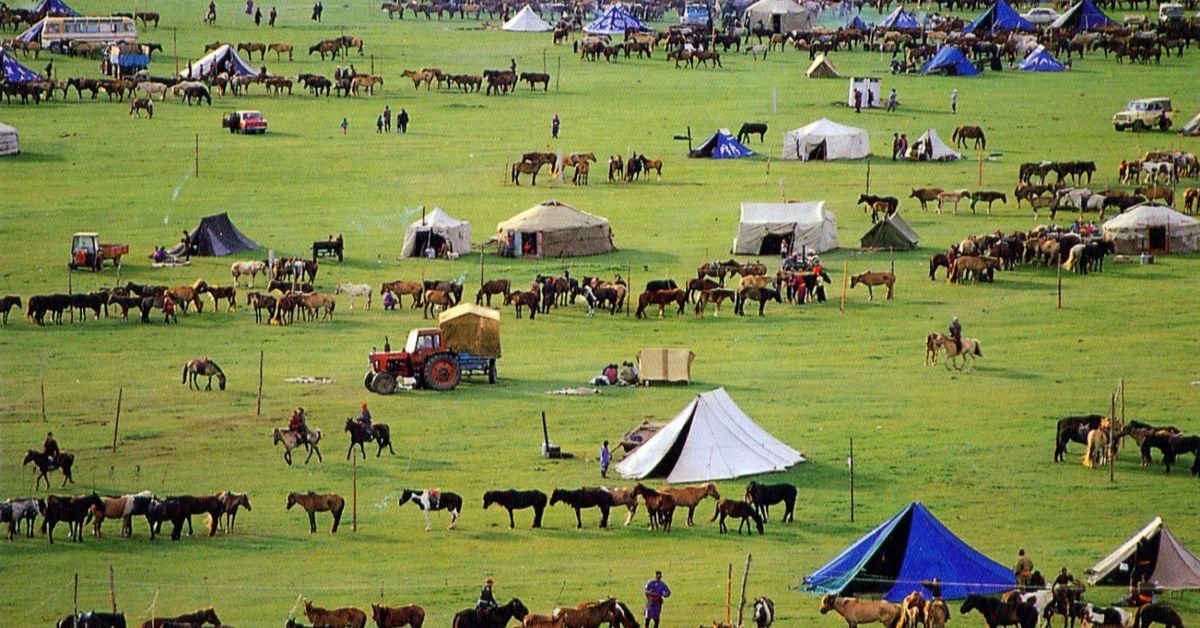
The best time to visit Mongolia is from June to September. This peak travel period offers an excellent climate with an average summer temperature ranging from 20 to 25 degrees Celsius, and vibrant cultural experiences.
During these months, Mongolia hosts its largest celebrations, including the famous Naadam Festival, which showcases traditional sports like wrestling, horse racing, and archery.
Additionally, the weather is ideal for exploring the vast landscapes from the Gobi Desert to the mountainous regions.
While winter also presents a unique beauty with its snowy scenes and festive atmosphere, the summer months provide the perfect setting for travelers looking to experience Mongolia’s grandest holidays and outdoor adventures.
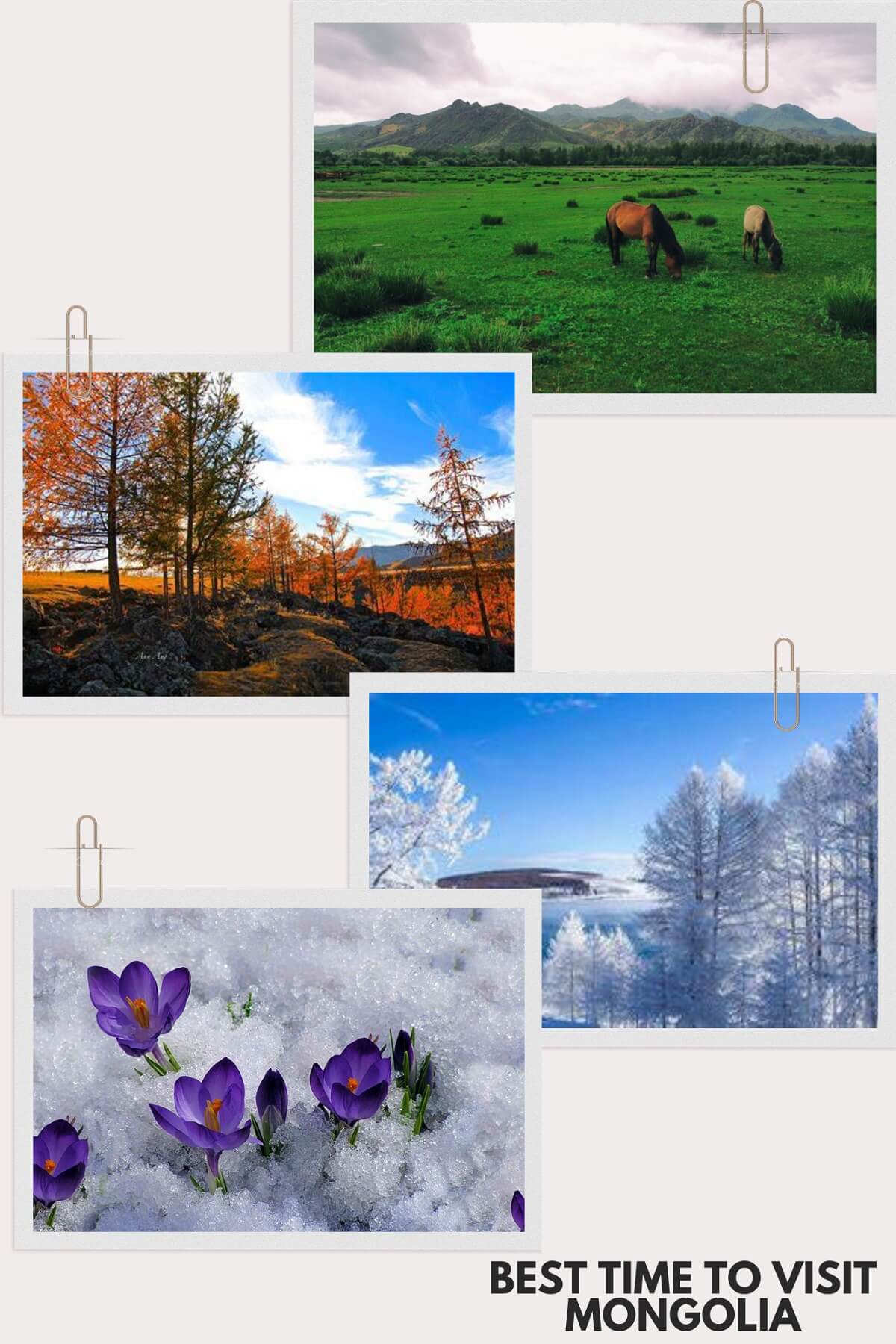
Summer Season: June to August
Summer is the peak travel season in Mongolia, characterized by blue skies, sunny days, and lush green landscapes.
During this period, it is advisable to pack summer clothes such as light shirts, shorts, and hats to stay comfortable in the warm weather.
This period is particularly good for exploring national parks and engaging in outdoor activities such as horseback riding, hiking, and attending vibrant cultural events like the Naadam Festival in mid-July.
The festival, known for its “Three Manly Games” — wrestling, horse racing, and archery — is a must-see for any visitor.
The Gobi Desert is also spectacular in the summer months, offering sunny weather and the chance to see rare wildlife and stunning sand dunes.
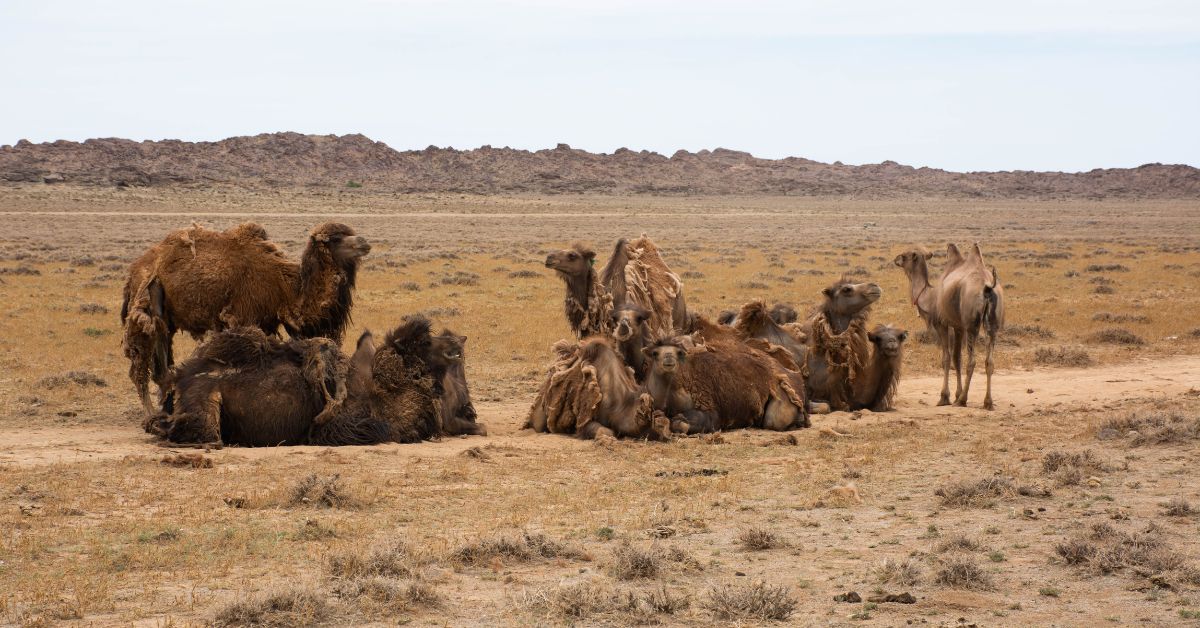
Additionally, the summer season is a great time to witness camel races, especially during the Bulgan Camel Festival in the Gobi Desert, which showcases Mongolia’s rich cultural traditions.
For adventure seekers, visiting the Gobi Gurvansaikhan National Park during this time is ideal for experiencing the dramatic contrasts between desert and mountain scenery.
Shoulder Season: Spring and Autumn
Visiting Mongolia during the shoulder seasons — April to May and September to October — means fewer crowds and mild temperatures.
Spring brings a burst of wildflowers and vibrant green landscapes, making it a perfect time for photographers and nature enthusiasts to capture the awakening of the Mongolian countryside.
Autumn is equally picturesque, as the countryside turns into a palette of fiery colors and the air becomes crisp.
This season is ideal for those looking to experience more eagle hunting at the Golden Eagle Festival in Western Mongolia, where Kazakh eagle hunters showcase their ancient skills.
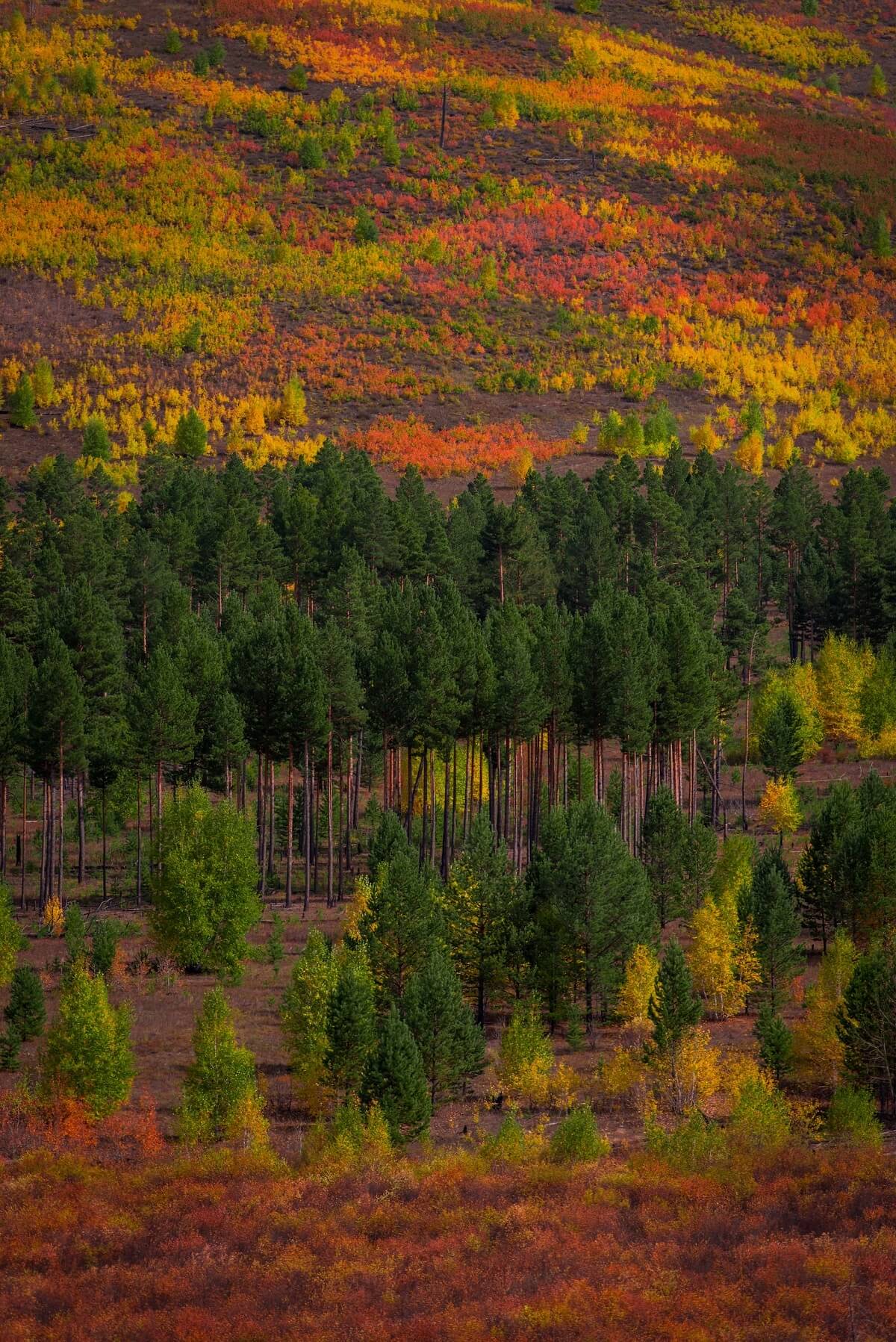
Winter: November to February
For those who can brave the cold, winter in Mongolia is a magical time. Northern Mongolia is particularly famous for its winter festivals, including the largest ice festival held on Khuvsgul Lake.
From the bitingly cold nights in Ulaanbaatar City to the snowy peaks of the Altai Mountains, Mongolia offers a winter wonderland for adventurous travelers.
Winter sports, camel racing, and unique winter festivals like the ice festival and the winter horse festival are highlights of this season.
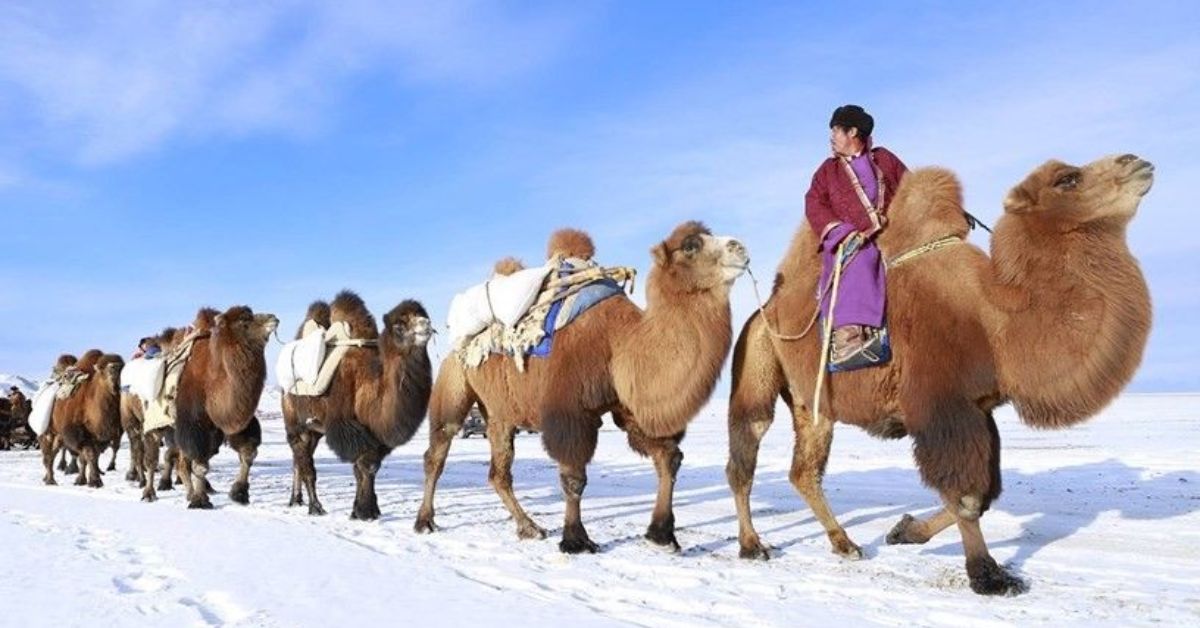
Don’t miss the Camel Festival and ice festivals that showcase the rich Mongolian culture even during the cold months long winter.
The winter horse festival is another must-see event, featuring horse riding, a unique parade of rare horses and traditional performances by horsemen.
Year-Round Attractions
Mongolia’s cultural heritage, including its traditional ger camps and the hospitality of its nomadic people, can be experienced year-round. Each season offers a different perspective of life in Mongolia, from the vibrant summer festivals to the serene, snow-covered winter landscapes.
Best Time for Activities
Mongolia offers a wide range of activities and experiences throughout four seasons of the year, each season bringing its own unique charm. Here’s a breakdown of the best time for various activities:
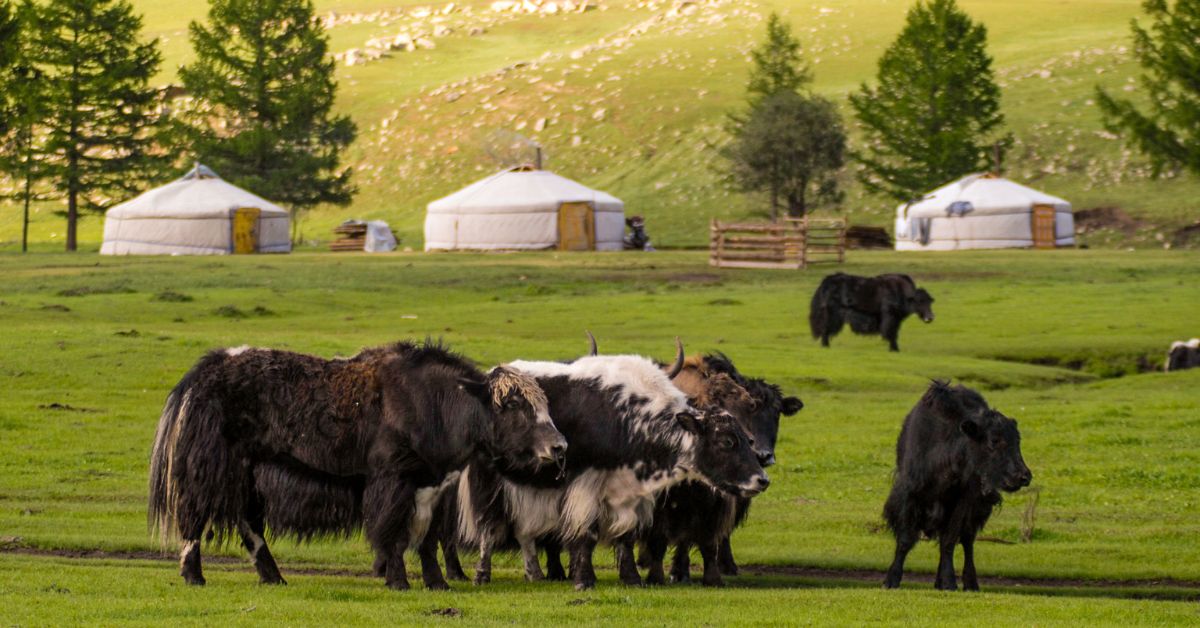
- Hiking and Trekking: The summer season, from June to August, is ideal for hiking and trekking. With warm weather and clear skies, it’s the perfect time to explore Mongolia’s stunning landscapes, from the rolling steppes to the rugged mountains.
- Horseback Riding: Summer is also the best time for horseback riding. The lush green landscapes and comfortable temperatures make it an unforgettable experience. Whether you’re a seasoned rider or a beginner, Mongolia’s vast open spaces are perfect for this activity.
- Camel Riding: For those interested in camel riding, the Gobi Desert is best visited during the spring (April to May) or autumn (September to October). The mild weather and stunning scenery make these seasons ideal for exploring the desert’s unique landscapes.
- Fishing: The summer months (June to August) are the best time for fishing in Mongolia’s lakes and rivers. The warmer weather and abundant fish make it a popular activity for both locals and tourists.
- Skiing and Snowboarding: The winter months (December to February) are perfect for skiing and snowboarding in Mongolia’s mountains. The snow-covered peaks and crisp air provide excellent conditions for winter sports enthusiasts.
- Dog Sledding: Winter is also the best time for dog sledding. With plenty of snow and cold temperatures, it’s a thrilling way to experience Mongolia’s winter wonderland.
- Festivals and Events: The summer months are the best time to experience Mongolia’s vibrant festivals and events. The Naadam Festival in mid-July and the Golden Eagle Festival in Western Mongolia are must-see events that showcase the country’s rich cultural heritage.
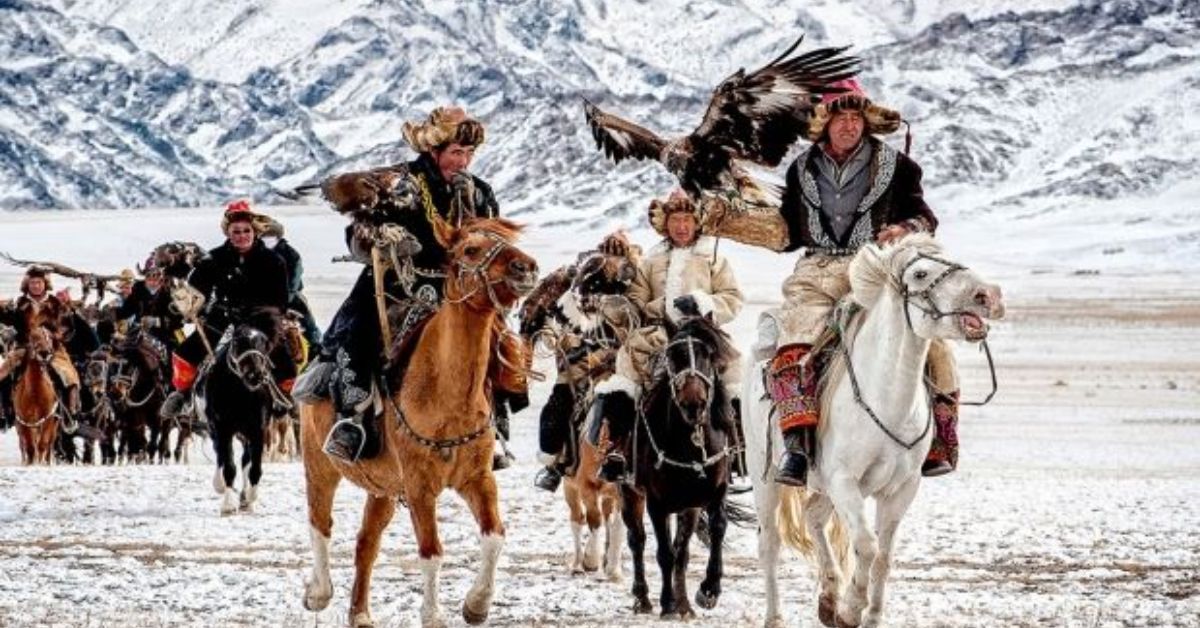
Tourist Season and Crowds
Mongolia’s tourist season typically runs from June to August, with the peak season being July. During this time, the weather is warm and sunny, and the country’s festivals and events are in full swing.
However, this also means that popular destinations can get crowded, and prices for accommodations and tours may be higher.
- Peak Season: July is the peak tourist season in Mongolia, with the Naadam Festival and the Golden Eagle Festival attracting large crowds. This is the best time to visit Mongolia if you want to experience its most famous cultural events, but be prepared for higher prices and more tourists.
- Shoulder Season: The shoulder season, which includes April to May and September to October, is a great time to visit Mongolia if you prefer fewer crowds and lower prices. The weather is still pleasant, and you can enjoy the beautiful landscapes and cultural experiences without the hustle and bustle of the peak season.
- Off-Season: The winter months (December to February) are the off-season in Mongolia. While the weather is cold, this period offers a unique and serene experience with fewer tourists and lower prices. However, some tourist attractions and facilities may be closed during this time, so it’s essential to plan accordingly.

Accommodation and Budget
Mongolia offers a range of accommodations to suit different budgets, from budget-friendly guesthouses to luxury hotels. Here’s a guide to what you can expect:
- Budget-Friendly Options: Guesthouses and hostels are available in Ulaanbaatar and other major towns, with prices starting from around $10-20 per night. These are great options for budget travelers looking to save money while still enjoying comfortable accommodations.
- Mid-Range Options: Mid-range hotels and lodges are available in Ulaanbaatar and other major towns, with prices starting from around $50-100 per night. These offer a good balance of comfort and affordability, making them a popular choice for many travelers.
- Luxury Options: Luxury hotels and resorts are available in Ulaanbaatar and other major towns, with prices starting from around $200-500 per night. These accommodations offer top-notch amenities and services, providing a luxurious experience for those willing to splurge.
- Camping: Camping is a popular option for travelers in Mongolia, with many campsites available throughout the country. Prices start from around $5-10 per night. This is an excellent way to immerse yourself in Mongolia’s natural beauty and experience the great outdoors.
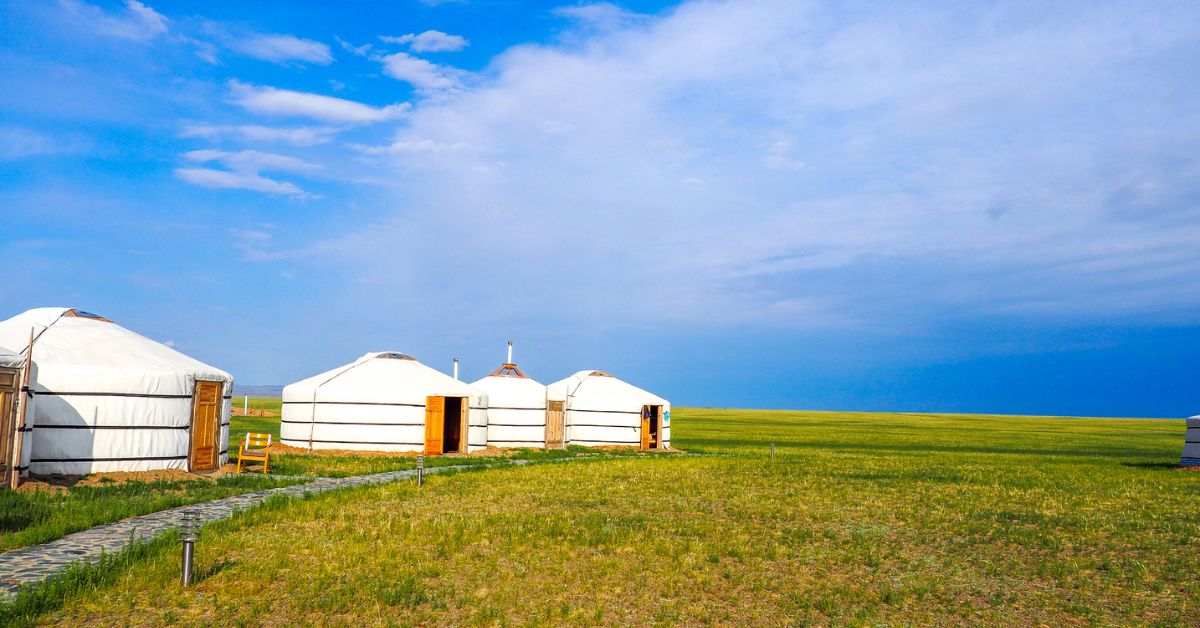
Safety and Precautions
Mongolia is generally a safe country to visit, but as with any travel destination, there are some safety precautions to take:
- Crime: Petty crime is rare in Mongolia, but it’s still important to take precautions to protect yourself and your belongings. Keep your valuables secure and be aware of your surroundings, especially in crowded areas.
- Traffic: Traffic in Ulaanbaatar can be chaotic, so be careful when crossing the road and avoid driving at night. If you’re renting a car, make sure you’re familiar with local driving laws and conditions.
- Weather: Mongolia’s weather can be extreme, with temperatures ranging from -20°C to 30°C (-4°F to 86°F). Be sure to pack accordingly and stay hydrated. In winter, dress in layers and be prepared for cold temperatures.
- Health: Medical facilities in Mongolia are limited, so it’s essential to have travel insurance that covers medical evacuations. Carry a basic first aid kit and any necessary medications, and be aware of the nearest medical facilities in case of an emergency.
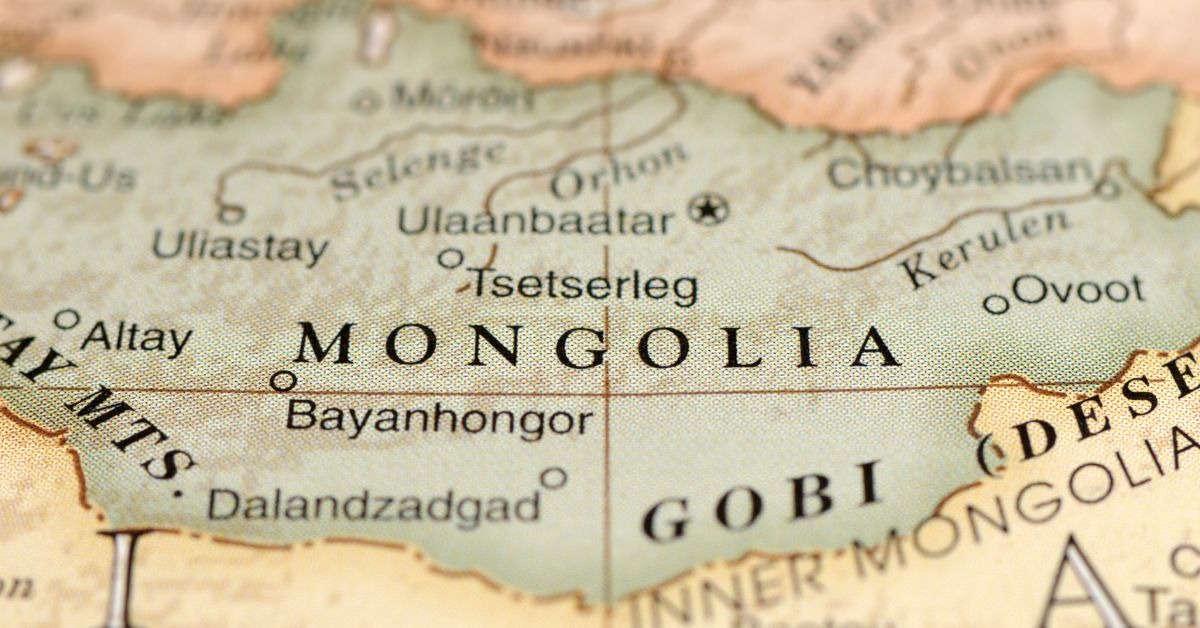
Responsible Travel
Mongolia is a fragile and vulnerable environment, and it’s essential to travel responsibly to minimize your impact:

- Respect Local Customs: Mongolia has a rich cultural heritage, and it’s essential to respect local customs and traditions. Learn about the local culture and etiquette before you go, and be mindful of your behavior.
- Protect the Environment: Mongolia’s environment is fragile, and it’s essential to take steps to protect it. Reduce your carbon footprint, avoid littering, and follow the Leave No Trace principles when camping or hiking.
- Support Local Communities: Supporting local communities is essential to promoting sustainable tourism in Mongolia. Consider staying in locally-owned accommodations, eating at local restaurants, and purchasing souvenirs from local artisans.
- Respect Wildlife: Mongolia is home to many endangered species, and it’s essential to respect wildlife and not disturb their habitats. Observe animals from a distance, avoid feeding them, and follow guidelines for responsible wildlife viewing.
By following these guidelines, you can help ensure that Mongolia remains a beautiful and welcoming destination for future generations.
Planning Your Visit

No matter when you decide to visit, Mongolia offers a wealth of experiences that cater to all interests and seasons. For example, during the summer months, the average summer temperature ranges from X to Y degrees Celsius, making it ideal for outdoor activities.
For tailor-made tours, consider contacting local travel guides who can provide a deeper insight into Mongolian culture and help plan a trip that aligns with your interests and the best times to visit specific regions.
In conclusion, the best time to visit Mongolia largely depends on what you want to see and do.
Whether you’re visiting during the warm summer months, the transitional shoulder seasons, or the cold winter period, Mongolia promises an unforgettable journey through its spectacular natural beauty and rich nomadic traditions.
In conclusion
The best time to visit Mongolia depends on your interests and tolerance for weather conditions. Summer is popular for its mild weather and vibrant festivals.
SSpring and autumn provide a quieter, more contemplative experience. Winter is for those seeking an extreme adventure and a unique look into Mongolian nomadic family life.
Whatever season you choose, Mongolia promises an adventure of a lifetime, with its breathtaking landscapes and the warm hospitality of its people.
If you would like to explore more about Mongolia check following links:
- Mongolia Architecture: A Blend of Tradition and Cultural Influences
- 6 Most visited museums in Mongolia
- Mongolian Souvenir: The Best Unique Gifts from the Land of the Eternal Blue Sky
- Mongolia Gobi Tour: The Ultimate Guide to Exploring the Vast Desert of Mongolia
- Mongolia Landmark: A Journey Through History and Natural Wonders




